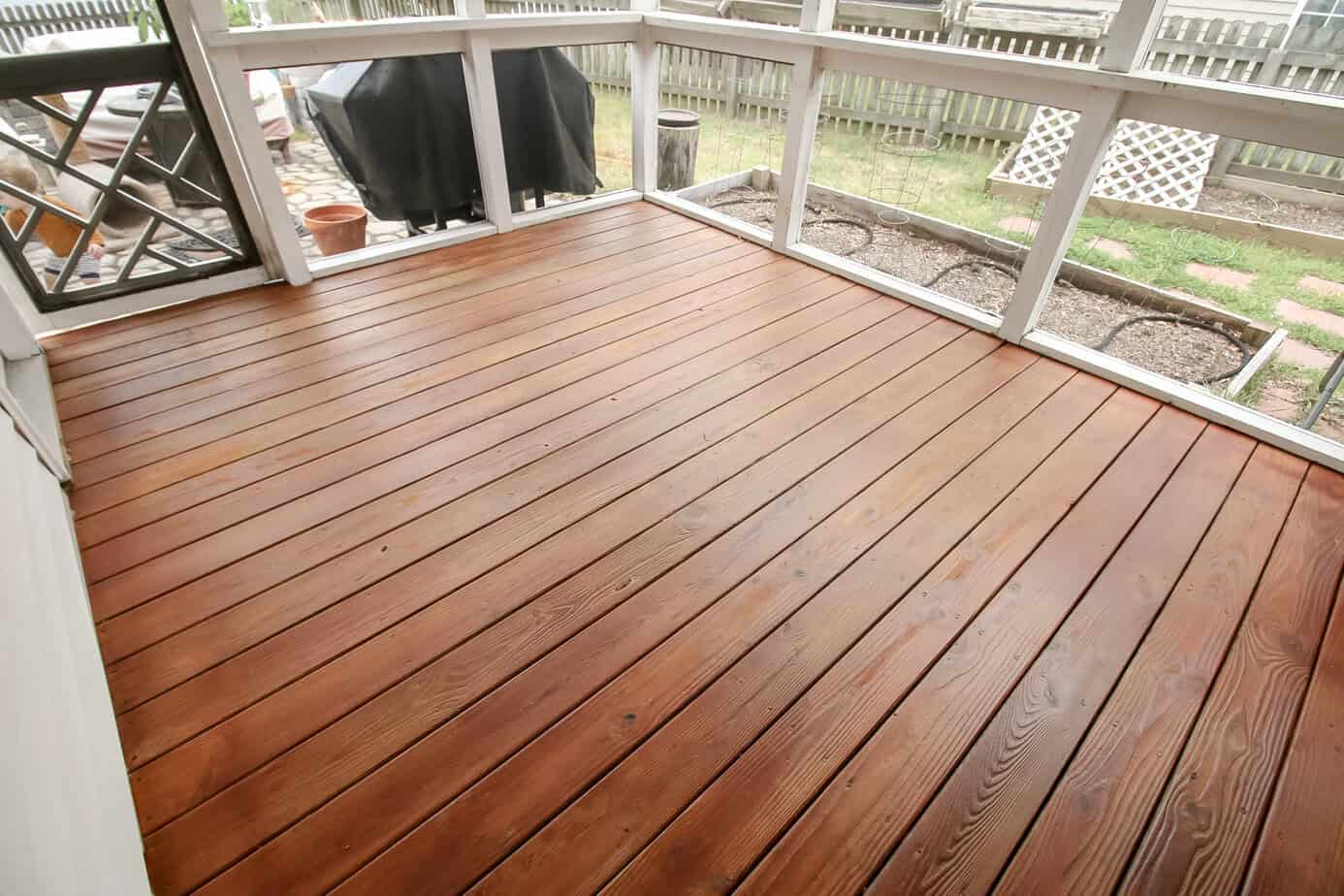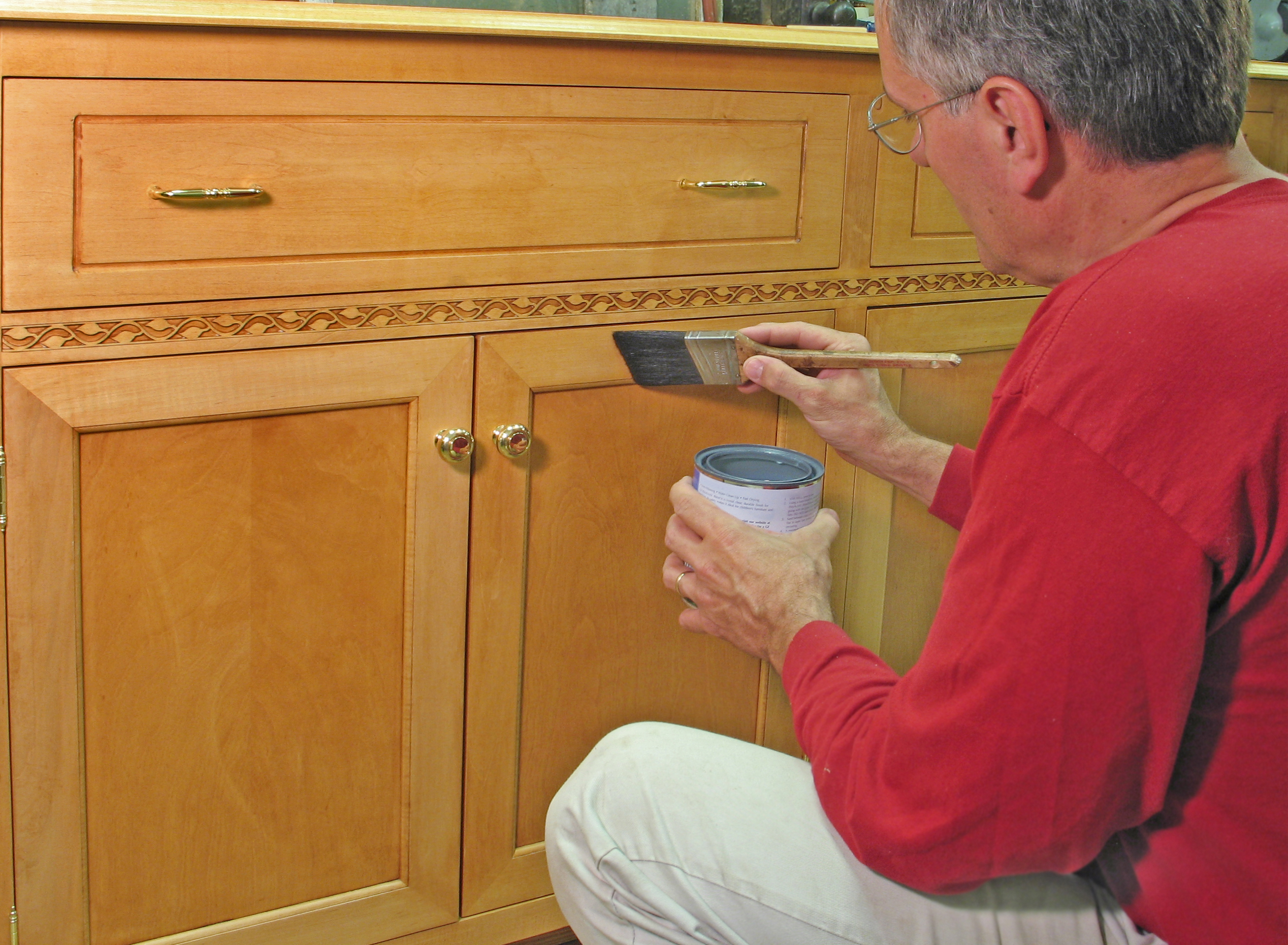Types of Rollers for Cabinet Painting: What Is The Best Roller For Painting Cabinets

Selecting the appropriate roller is crucial for achieving a professional-looking finish when painting cabinets. The roller’s material and nap size significantly impact the final result, influencing the smoothness, evenness, and overall quality of the paint application. Different roller types are better suited for various cabinet surface textures and paint types.
Roller Type Comparison
The choice of roller depends largely on the desired finish and the surface texture of the cabinets. Three common roller types are foam, microfiber, and lambswool. Each offers unique advantages and disadvantages.
| Roller Type | Material | Advantages | Disadvantages |
|---|---|---|---|
| Foam | Polyurethane foam | Leaves a very smooth finish; excellent for high-gloss paints; easy cleanup; relatively inexpensive. | Can leave streaks if not used properly; may not be suitable for textured surfaces; can absorb too much paint, leading to dripping. |
| Microfiber | Synthetic microfiber | Produces a smooth finish; good paint release; durable; relatively easy to clean; suitable for various paint types. | Can leave slight texture on some surfaces; more expensive than foam rollers. |
| Lambswool | Natural lambswool | Creates a very smooth, luxurious finish; excellent for high-end paints; ideal for achieving a flawless, professional look. | Expensive; requires careful cleaning; more delicate than other types; not suitable for all paints (e.g., water-based paints). |
Appropriate Nap Size for Cabinet Painting
The nap size, referring to the length of the fibers on the roller, significantly impacts the paint application and the final finish. A shorter nap is generally preferred for smoother surfaces, while a longer nap can be beneficial for textured surfaces. The selection should be tailored to the specific needs of the project.
What is the best roller for painting cabinets – The following guidelines illustrate appropriate nap sizes for different cabinet surface textures:
- Smooth surfaces: Use a 1/4-inch to 3/8-inch nap roller. This minimizes texture and ensures an even, smooth finish.
- Slightly textured surfaces: A 3/8-inch to 1/2-inch nap roller is suitable. The slightly longer nap helps to cover the texture without creating an excessively textured finish.
- Highly textured surfaces: For surfaces with significant texture, a 1/2-inch to 3/4-inch nap roller may be necessary. The longer nap allows for better penetration into the textured areas.
Visual Representation of Roller Naps
Imagine three horizontal lines representing the roller naps. The first line represents a 1/4-inch nap, shown as a short, closely packed series of short vertical lines:
| . The second line represents a 1/2-inch nap, shown as a series of moderately long vertical lines with some space between them: |
| . The third line represents a 3/4-inch nap, shown as a series of long, loosely spaced vertical lines: |
. The length and spacing of the lines visually represent the nap size and texture.
Paint Application Techniques with Rollers

Applying paint to cabinets with a roller requires precision and technique to achieve a smooth, professional finish. Proper roller selection, as discussed previously, is only the first step. The application method significantly impacts the final result, influencing both the appearance and durability of the paint job. Mastering these techniques minimizes brush strokes and ensures a flawless, even coat.
Effective roller application involves several key steps and techniques. Careful attention to detail at each stage ensures a high-quality finish, minimizing the need for extensive sanding and rework.
Best Practices for Roller Application
The following best practices are essential for achieving a professional finish when painting cabinets with a roller. These techniques minimize brush strokes and ensure even paint distribution.
- Proper Loading: Dip the roller into the paint tray, ensuring only about 1/3 to 1/2 of the roller sleeve is submerged. Avoid overloading the roller, as this can lead to drips and runs.
- Rolling Method: Use a consistent rolling pattern, such as a W-shaped stroke, to ensure even paint distribution and minimize lap marks. Avoid back-and-forth strokes, which often result in visible brush marks.
- Wet-Edge Blending: Maintain a wet edge while painting. This means overlapping each stroke slightly with the previous one while the paint is still wet. This prevents visible lines or streaks where the paint dries.
- Light Pressure: Apply light, even pressure while rolling. Excessive pressure can force paint into the wood grain or create uneven texture.
- Multiple Thin Coats: Apply multiple thin coats of paint rather than one thick coat. This allows for better drying and adhesion, resulting in a more durable and even finish. Allow each coat to dry completely before applying the next.
Painting a Cabinet Door with a Roller: A Step-by-Step Guide
The following steps illustrate the process of painting a cabinet door using a roller, emphasizing the techniques described above.
Step 1: Prepare the Surface. Clean the cabinet door thoroughly, removing any dust, grease, or loose paint. Lightly sand the surface to ensure proper adhesion.
Step 2: Apply Primer (if necessary). If using a primer, apply a thin, even coat, following the same rolling techniques as described above. Allow the primer to dry completely before proceeding.
Step 3: Load the Roller. Dip the roller into the paint, ensuring it is properly loaded without being overloaded. Remove excess paint by rolling it along the paint tray’s ridged area.
Step 4: Apply the First Coat. Using a W-shaped pattern, apply a thin, even coat of paint to the cabinet door. Maintain a wet edge throughout the process.
Step 5: Allow to Dry. Allow the first coat of paint to dry completely according to the manufacturer’s instructions. This typically takes several hours.
Step 6: Apply Subsequent Coats. Repeat steps 3 and 4 for any subsequent coats, ensuring each coat is dry before applying the next.
Step 7: Final Inspection. Once completely dry, inspect the finished surface for any imperfections and lightly sand any minor blemishes before applying a final coat if necessary.
Comparison of Rolling Techniques
The choice of rolling technique significantly affects the final appearance. Let’s compare two common methods on a simulated cabinet surface.
Back-and-forth rolling: This method, while seemingly simple, often results in visible horizontal streaks and lap marks. The paint tends to accumulate in certain areas, creating an uneven texture. Imagine a series of parallel lines, slightly darker where the roller passed repeatedly, creating a less smooth finish.
W-shaped strokes: This technique involves overlapping strokes in a W pattern, ensuring even paint distribution. The resulting surface is significantly smoother, with minimal visible brush strokes or lap marks. Imagine a more uniform color with a consistent sheen across the simulated surface, a far more professional and even appearance compared to the back-and-forth method.
Preparation and Aftercare for Cabinet Painting

Proper preparation and diligent aftercare are crucial for achieving a professional-looking and long-lasting finish when painting cabinets. Neglecting these steps can lead to a subpar result, requiring costly rework. This section details the necessary procedures for both preparing cabinets for painting and maintaining your painting tools afterward.
Cabinet Preparation, What is the best roller for painting cabinets
Thorough preparation is paramount to ensure the paint adheres properly and provides a smooth, even finish. This involves a multi-step process of cleaning, sanding, and priming the cabinet surfaces. Failure to adequately prepare the cabinets will result in a less durable and aesthetically pleasing final product.
The preparation process follows a sequential order:
Start
| V Clean Cabinets: Remove grease, grime, and old finishes. | V Sand Cabinets: Smooth surfaces, removing imperfections and ensuring proper adhesion. | V Fill Imperfections: Use wood filler to repair any dents or holes. Sand smooth after drying. | V Prime Cabinets: Apply a high-quality primer to ensure proper paint adhesion and even color. Allow to dry completely. |
|---|
Importance of High-Quality Paint and Primer
Utilizing high-quality paint and primer is essential for achieving a durable and long-lasting finish on cabinets. Superior-quality paints generally offer better adhesion, increased durability, and a more consistent finish compared to cheaper alternatives. The primer acts as a bonding agent between the substrate (the cabinet wood) and the paint, improving adhesion and preventing the wood grain from showing through the final coat. A quality primer also helps to block stains and odors, contributing to a more even and professional-looking finish. Choosing a primer specifically formulated for cabinets or woodwork is recommended.
Roller Cleaning and Maintenance
Proper cleaning and storage of your paint rollers are essential to extend their lifespan and prevent the buildup of dried paint that will render them unusable. This process is simple but critical for maintaining the quality of your painting tools and avoiding unnecessary expenses.
- Immediately after use, thoroughly clean the roller cover by rinsing it under running water until the water runs clear. For oil-based paints, use a suitable solvent such as mineral spirits.
- For latex-based paints, a thorough rinsing with water is usually sufficient. For stubborn paint, a gentle scrubbing with a brush might be necessary.
- Once cleaned, reshape the roller cover and wrap it in a plastic bag or wrap to prevent it from drying out. Store in a cool, dry place away from direct sunlight.
- For long-term storage, consider storing the roller cover in an airtight container to maintain its moisture content and flexibility.
- Regularly inspect your roller covers for signs of wear and tear. Discard and replace damaged or excessively worn covers to ensure optimal performance and prevent imperfections in your paint job.
